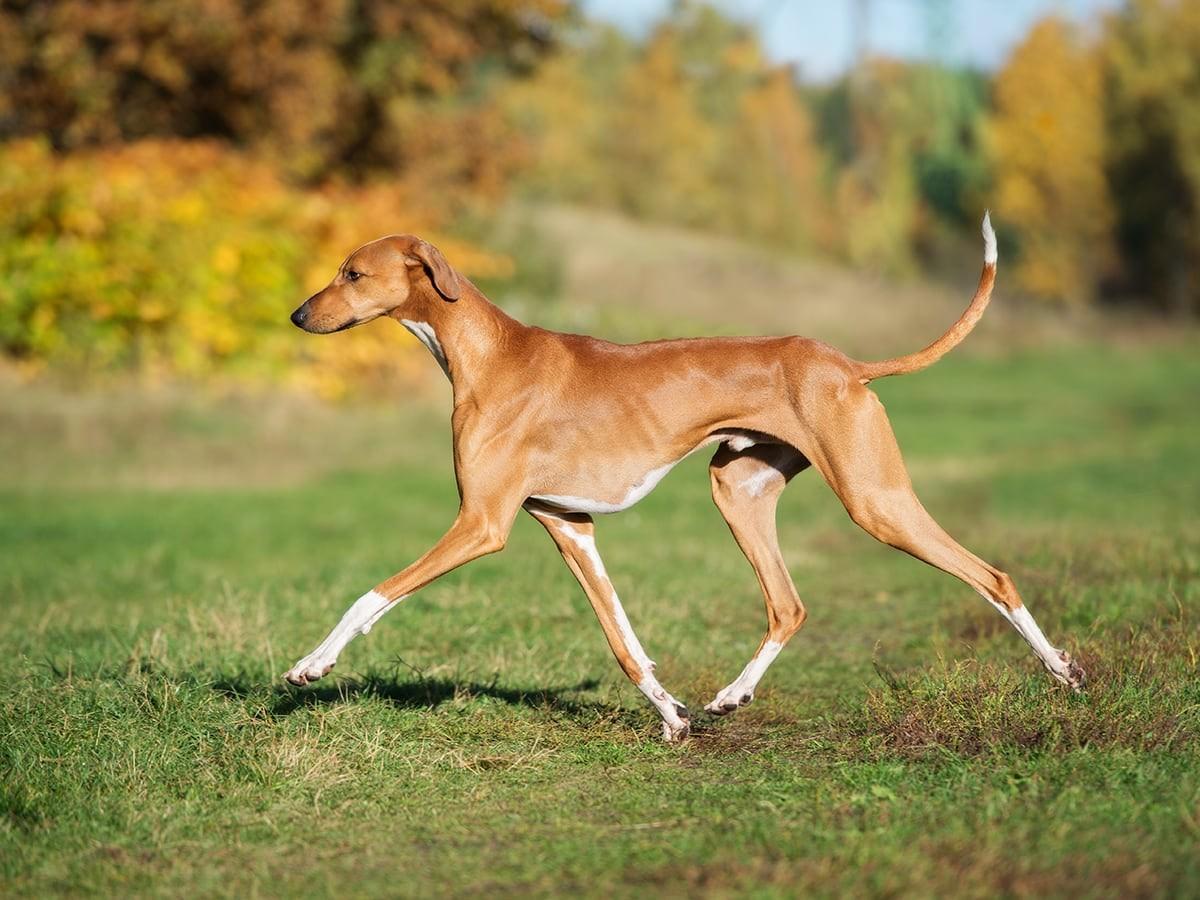Sighthounds are one of the oldest and most distinctive types of dogs in the world. Often called gazehounds or windhounds, they were bred for one purpose: to spot and chase prey using their keen eyesight and incredible speed.
Despite their racing reputation, these dogs are more than just fast runners. They’re sensitive, graceful, and surprisingly quiet companions who adore lounging at home after a quick sprint outside. From the slender Whippet to the regal Afghan Hound, every sighthound shares a mix of athleticism and serenity that’s hard to find elsewhere.
Whether you’re drawn to their sleek build, calm nature, or ancient history, understanding sighthounds helps every pet parent appreciate what makes these dogs so unique.
Sighthounds: The Elegant Athletes of the Dog World
What Are Sighthounds?
Sighthounds are dogs that hunt primarily by sight and speed, not scent. Unlike scent hounds (like Beagles or Bloodhounds), these dogs rely on sharp vision and explosive acceleration to chase down prey. Historically, they were used to pursue game such as hares, gazelles, and even wolves across open land.
Built for Speed
Their bodies are masterpieces of motion. Long, slender legs provide powerful strides; deep chests house large hearts and lungs for endurance; and flexible backs act like springs, propelling them forward with each leap. This design allows breeds like the Greyhound—the world’s fastest dog—to reach speeds over 40 mph.
Temperament: Calm, Sensitive, and Loyal
For all their speed, sighthounds are calm souls at home. They’re affectionate with their families but often reserved with strangers. Most enjoy peace and quiet, preferring gentle praise to loud commotion. Their independence can come across as aloofness, but once they bond, they’re deeply loyal and loving companions.
Sports and Activities
Modern sighthounds still excel in activities like Lure Coursing, agility, and conformation. The American Kennel Club (AKC) and Fédération Cynologique Internationale (FCI) both recognize them as part of the Hound Group. While they can sprint at breathtaking speeds, they’re often nicknamed “couch potatoes” because they love long naps just as much as short bursts of exercise.
Understanding Sighthound Temperament
Every sighthound is an individual, but certain personality patterns tend to repeat across the group. In one well-known behavioral analysis, sighthound reactivity was divided into two main types—what we’ll call the “Two Flavors” of sighthound sensitivity.
Common Behavioral Challenges
Many pet parents notice their sighthound acting fearful, jumpy, or overstimulated in public. Some may “flip about like a kangaroo” on leash, while others freeze or tremble when startled. Because sighthounds are alert by nature, new environments can easily overwhelm them.
The Two Flavors of Reactivity
The Nervous or Frantic Sighthound: These dogs tend to react from anxiety. They’re hyper-aware of their surroundings and can become overwhelmed by noise, crowds, or sudden movements.
The Overstimulated or Excitable Sighthound: These are the dogs who can’t resist the sight of movement—whether it’s a squirrel or a plastic bag blowing in the wind. Their strong prey drive can lead to impulsive pulling or lunging on walks.
Recognizing which “flavor” your dog displays helps you train with empathy and tailor your approach.
Reactivity and Aggression in Sighthounds
Sighthounds aren’t naturally aggressive—but their speed, intensity, and sensitivity can make reactivity look dramatic.
Why Reactivity Happens
Their hunting instincts tell them to fixate on movement. When they’re on a leash and can’t chase, that built-up frustration can turn into barking, pulling, or lunging. For more nervous types, reactivity can come from fear of unfamiliar people or dogs.
Training Tips and Tools
Gentle tools like head collars or figure-8 leads give pet parents better control without harsh corrections. Training should focus on calm confidence rather than strict obedience. Because sighthounds read energy so well, tense handling often makes them more anxious.
Avoid wide-open spaces when working on focus—these environments tempt them to chase. Instead, choose quiet, structured places like a calm park or local market. Short, positive sessions help them build trust and learn relaxation gradually.
Teaching Relaxation
“Sitting still” isn’t natural for a breed built to chase, but relaxation can be taught. Try short sessions where your dog practices lying calmly while you reward soft eye contact or slow breathing. Over time, they learn that stillness is safe, not stressful.
Built for Speed, Not Bulk: Understanding the Sighthound Body
The Aerodynamic Build
If you’ve ever been told your Whippet or Greyhound looks too skinny—don’t worry. That lean shape isn’t a sign of neglect; it’s the result of evolution and breeding for speed. Their bodies are streamlined to reduce wind resistance and maximize agility.
Common Misunderstandings
To people unfamiliar with the group, a healthy sighthound can appear “underweight.” But for these breeds, faintly visible ribs, prominent hips, and a tucked waist are normal. Adding extra weight actually slows them down and strains their joints.
Health and Metabolism
Sighthounds have low body fat and unique metabolisms, which means they process certain anesthetics differently than other dogs. Always work with a veterinarian who understands sighthound physiology. They’re also sensitive to cold—many appreciate a warm coat in winter.
Healthy Appearance Standards
A fit sighthound has visible muscle tone, bright eyes, and smooth, elastic skin. What looks “thin” to one person is often just right for breeds like the Azawakh or Sloughi, where leanness equals performance and comfort.
Health Conditions Common in Sighthounds
While sighthounds are generally healthy dogs, they do have some unique medical sensitivities and breed-specific risks that pet parents should be aware of. Their lean build, low body fat, and deep chests contribute to their athletic ability—but those same traits can influence how their bodies respond to certain health conditions.
Cancer
Cancer is one of the most common health concerns seen in sighthounds, particularly in larger breeds like the Greyhound and Irish Wolfhound. Regular vet checkups and early detection are key, as these dogs can sometimes mask discomfort until symptoms progress. In 2025, the average claim cost for cancer treatments in dogs was $1,058.63*, reflecting both the frequency and complexity of care involved.
Eye Conditions
Many sighthounds have large, expressive eyes that are more prone to injuries and conditions like corneal ulcers or progressive retinal atrophy (PRA). Routine eye exams can help catch these problems early before vision loss occurs. The average claim cost for eye-related conditions in 2025 was $409.85*, making early detection and consistent eye care a smart preventive step.
Bloat (Gastric Dilatation-Volvulus)
Deep-chested breeds like the Borzoi, Greyhound, and Irish Wolfhound face a higher risk of bloat, a life-threatening condition where the stomach twists and fills with gas. This is a true emergency that requires immediate veterinary attention. In 2025, the average claim cost for treating bloat was $3,336.33*, underscoring the importance of knowing the warning signs—such as restlessness, drooling, and abdominal swelling.
Popular Sighthound Breeds
Let’s meet the stars of this elegant dog group:
Greyhound
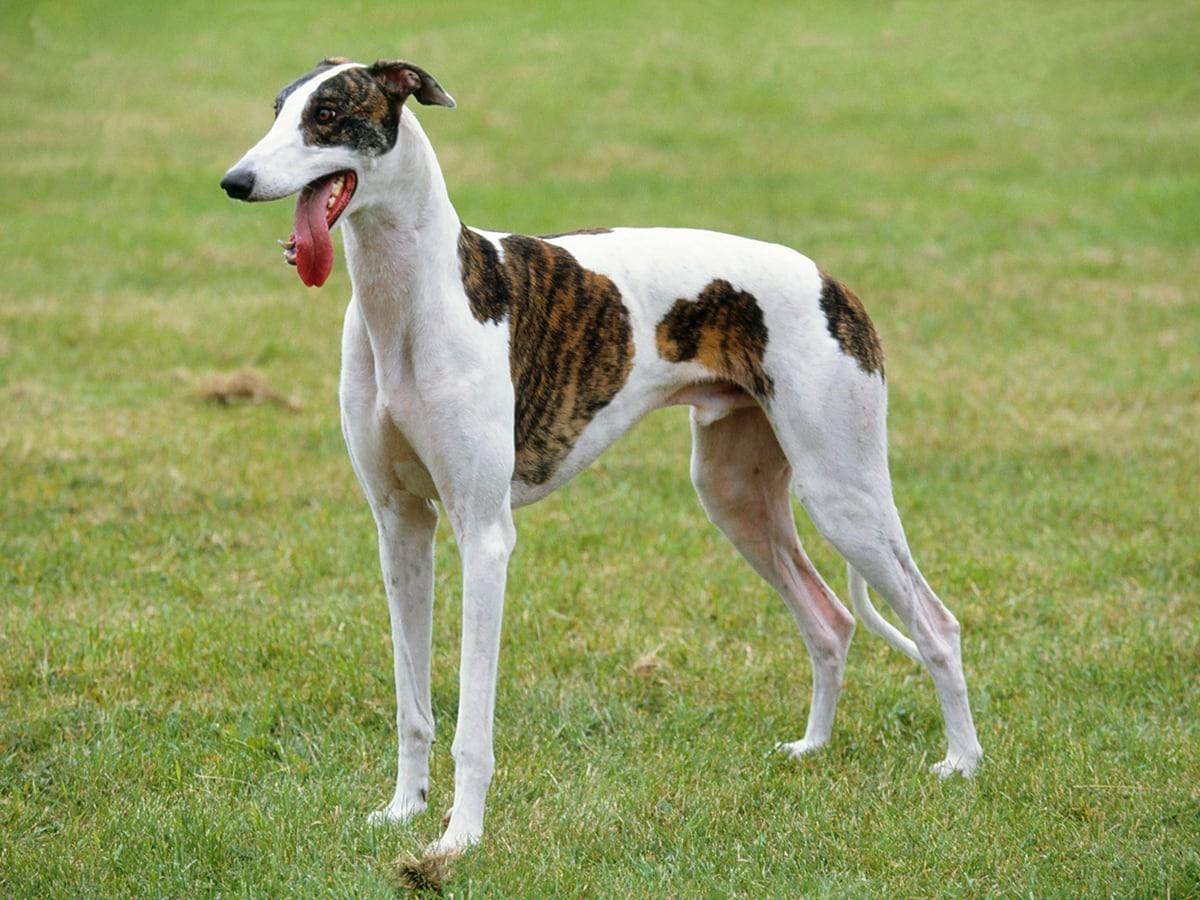
The Greyhound is the fastest dog breed on earth, capable of reaching speeds over 40 mph. Despite their athletic ability, they’re famously gentle and laid-back at home, often preferring naps over nonstop activity. Their quiet, affectionate nature makes them wonderful companions for calm households.
Whippet
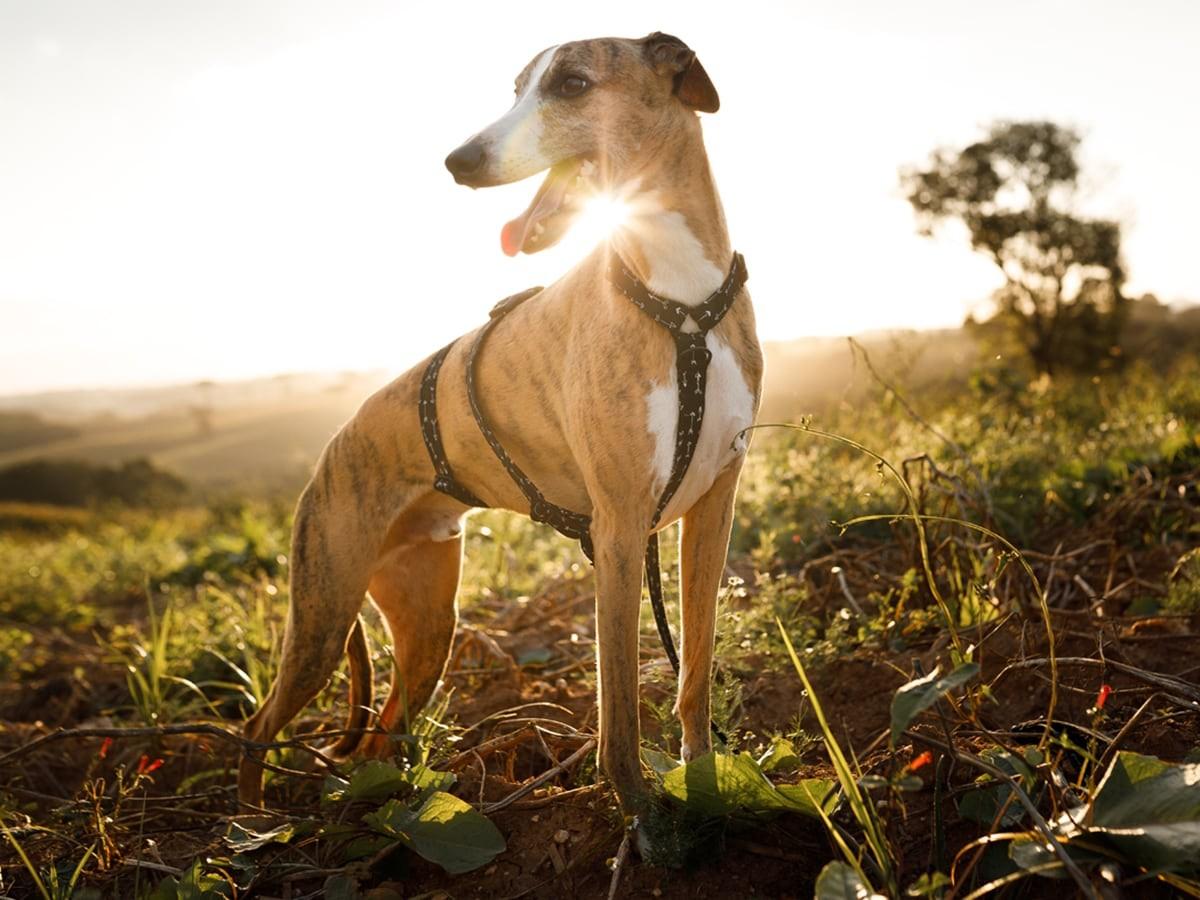
Whippets are smaller, more compact versions of the Greyhound, known for their playful yet easygoing personalities. They love a good zoomie session but are equally content curling up on the couch afterward. With their affectionate, sensitive demeanor, they bond deeply with their pet parents.
Saluki
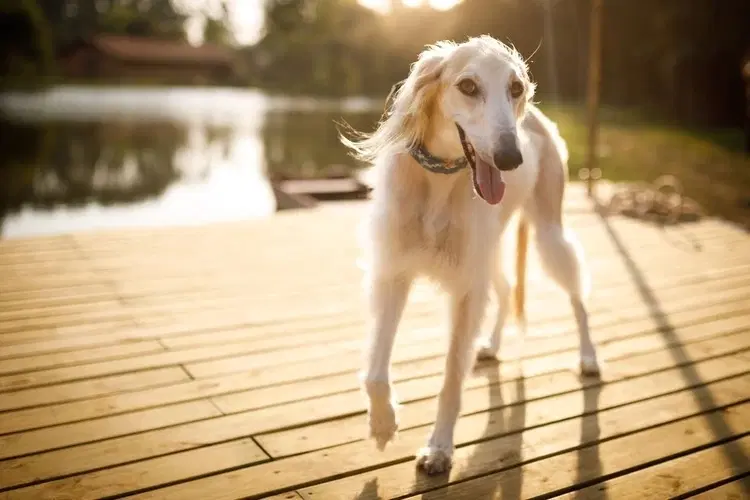
Often called the “Royal Dog of Egypt,” the Saluki is one of the world’s oldest breeds, admired for its elegance and endurance. They’re independent thinkers but incredibly loyal once they trust you. Salukis combine quiet dignity with surprising bursts of playful energy.
Afghan Hound
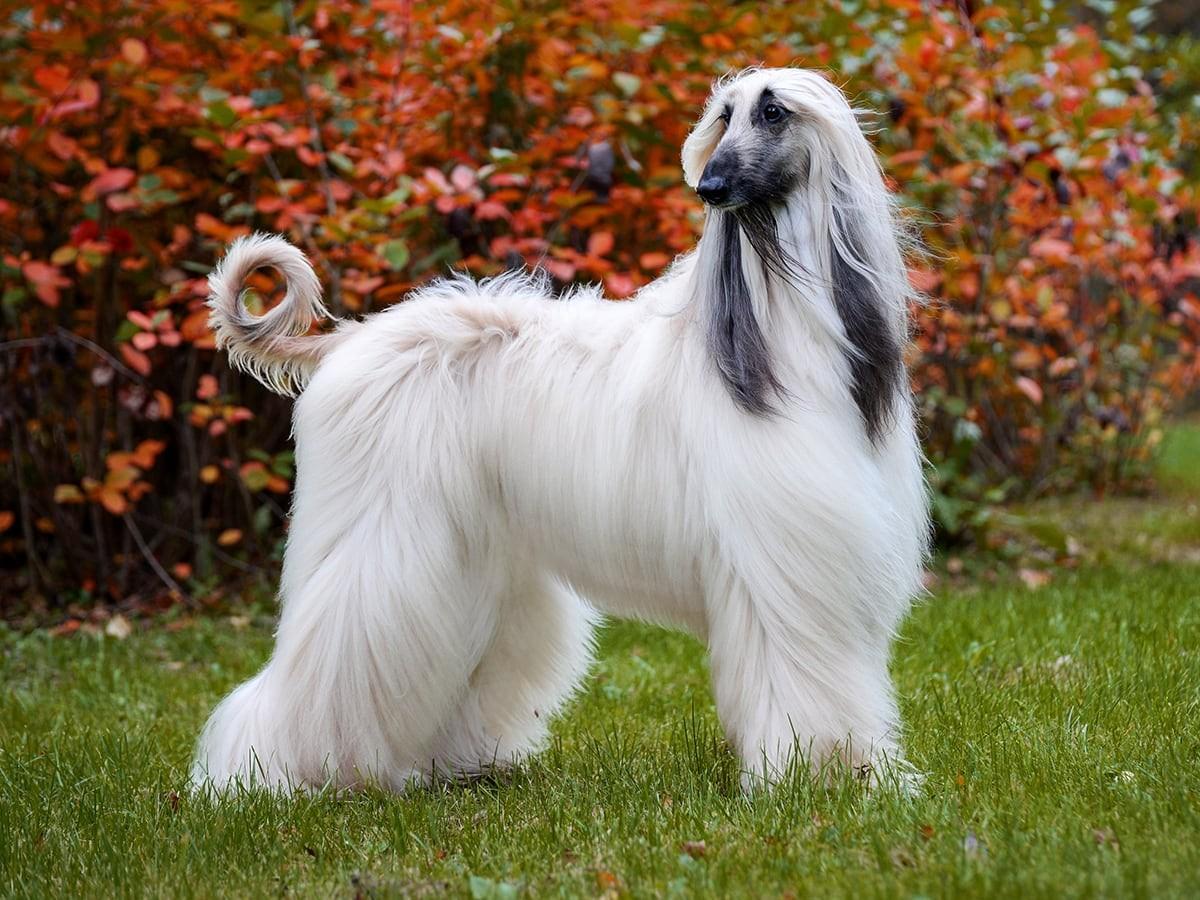
The Afghan Hound stands out for its flowing, silky coat and striking presence. Beneath their glamorous appearance lies a spirited, sometimes mischievous personality. They’re intelligent, sensitive, and known for being both dignified and deeply devoted to their families.
Azawakh
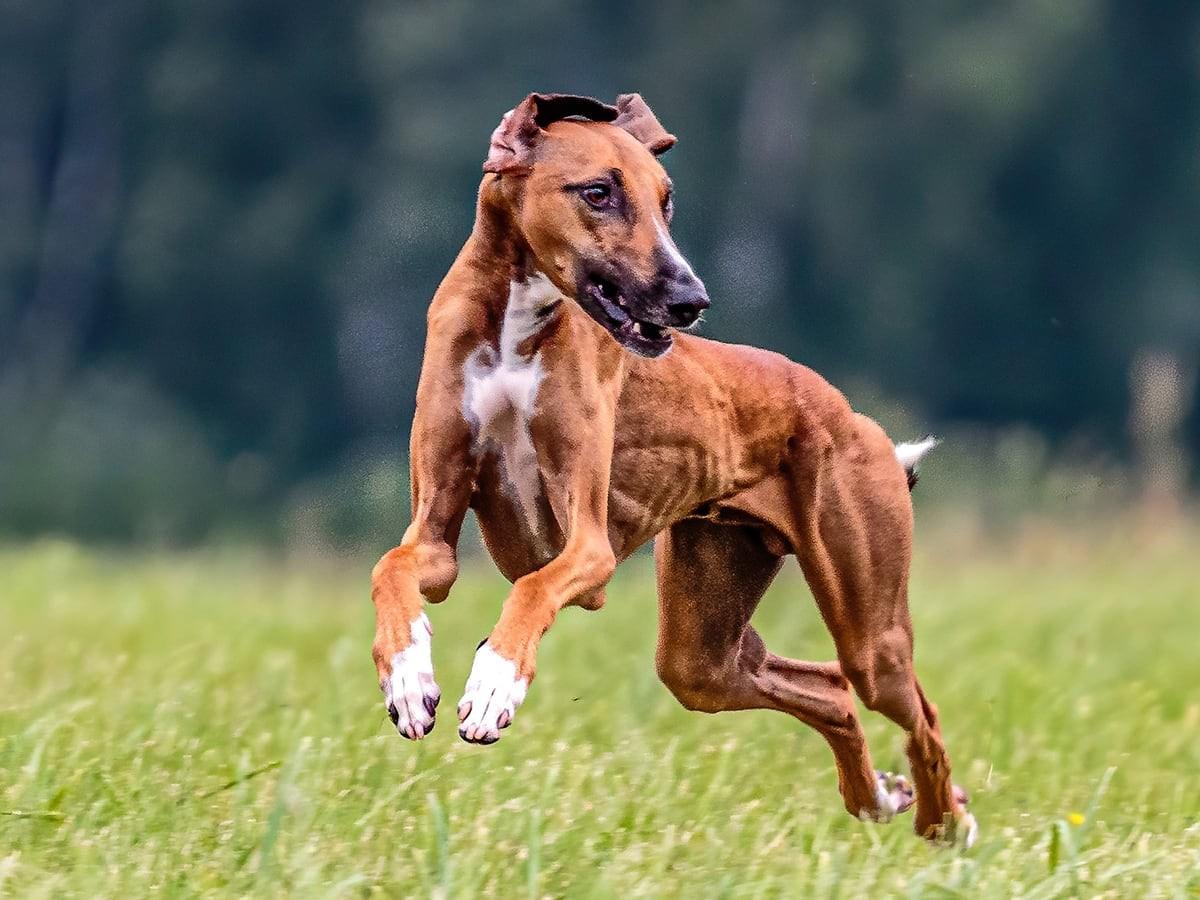
Originating from West Africa, the Azawakh is a slender, tall, and exceptionally graceful sighthound. They’re loyal and deeply bonded to their human family but can be reserved with strangers. Athletic and alert, they thrive with gentle, respectful handling and structured activity.
Borzoi
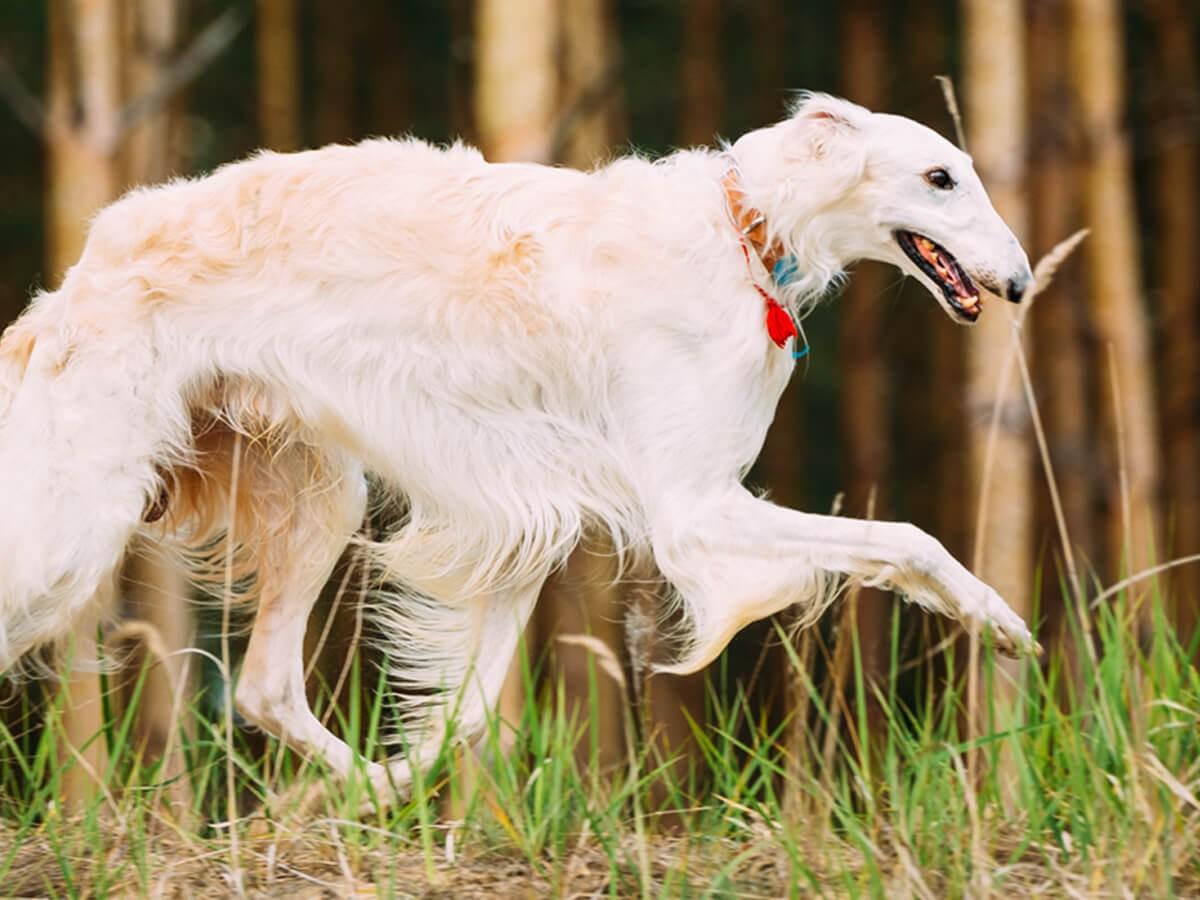
The Borzoi, also known as the Russian Wolfhound, is a breed that embodies grace and quiet confidence. Their long, flowing coat and regal bearing give them a noble appearance, matched by a calm, affectionate temperament. Though powerful runners, they’re serene and loving at home.
Irish Wolfhound
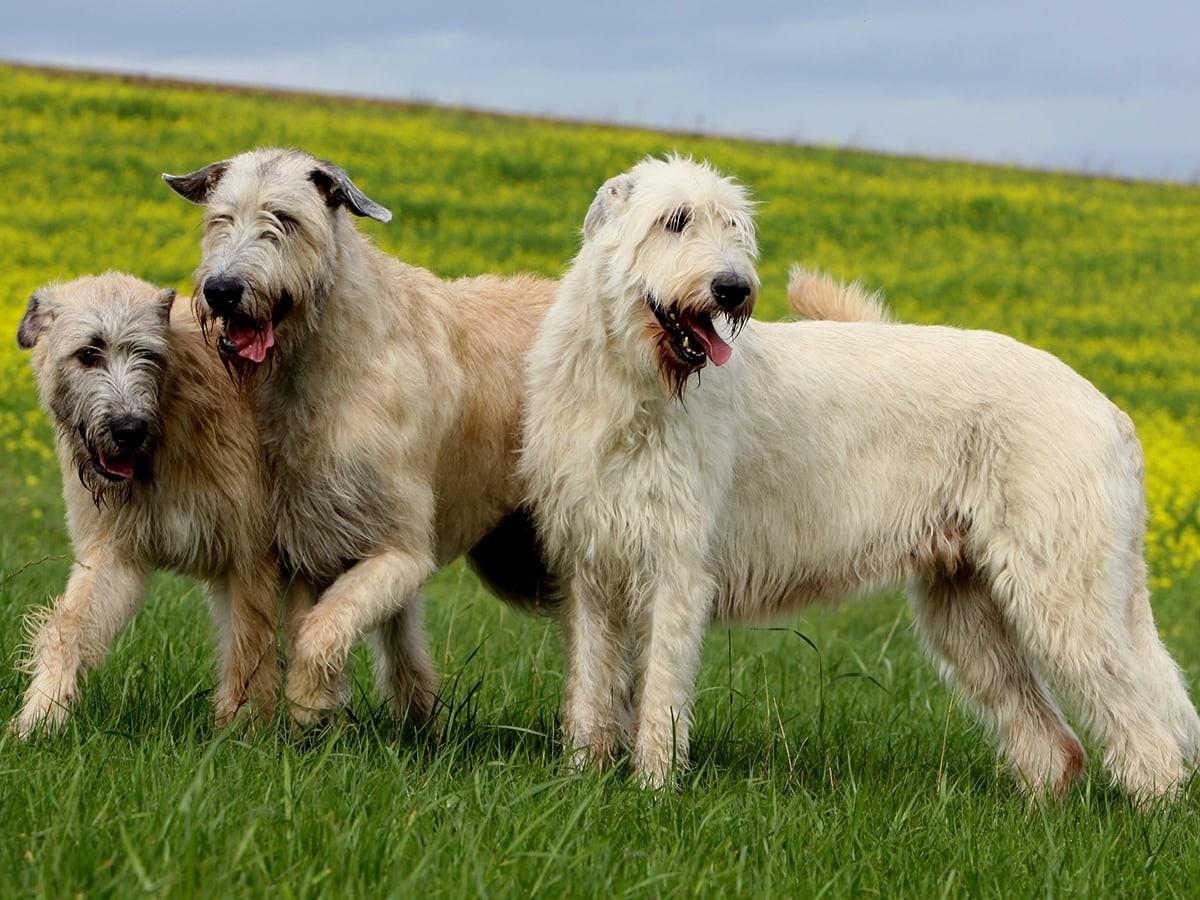
Towering in height but soft in spirit, the Irish Wolfhound is one of the largest dog breeds in the world. Originally bred to hunt wolves, they’re now known for their gentle, patient nature and deep affection for their families. Their calm presence and loyalty make them beloved companions.
Italian Greyhound
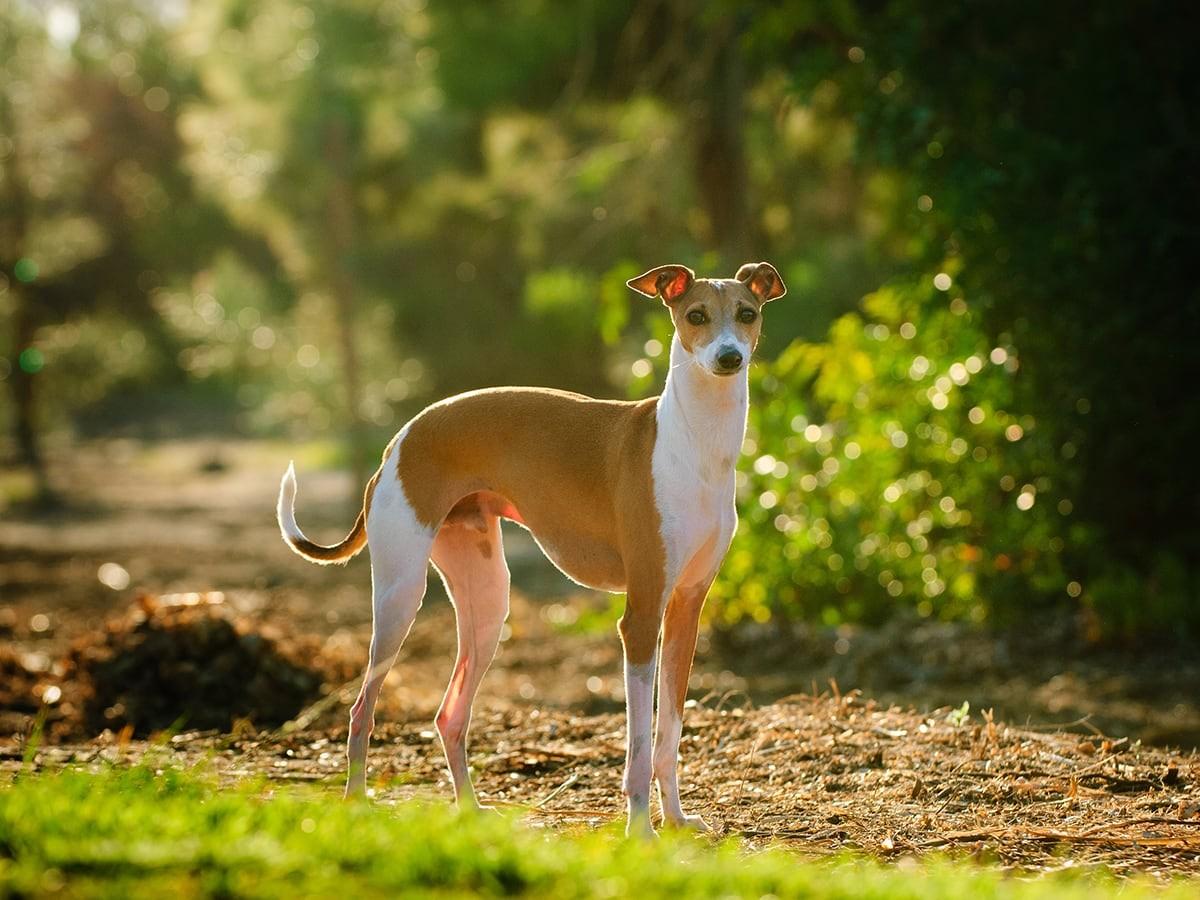
The Italian Greyhound is the smallest member of the sighthound family, full of grace and charm. They adore being close to their humans and often seek warmth and cuddles. Agile and playful, they bring both elegance and affection to everyday life.
Scottish Deerhound
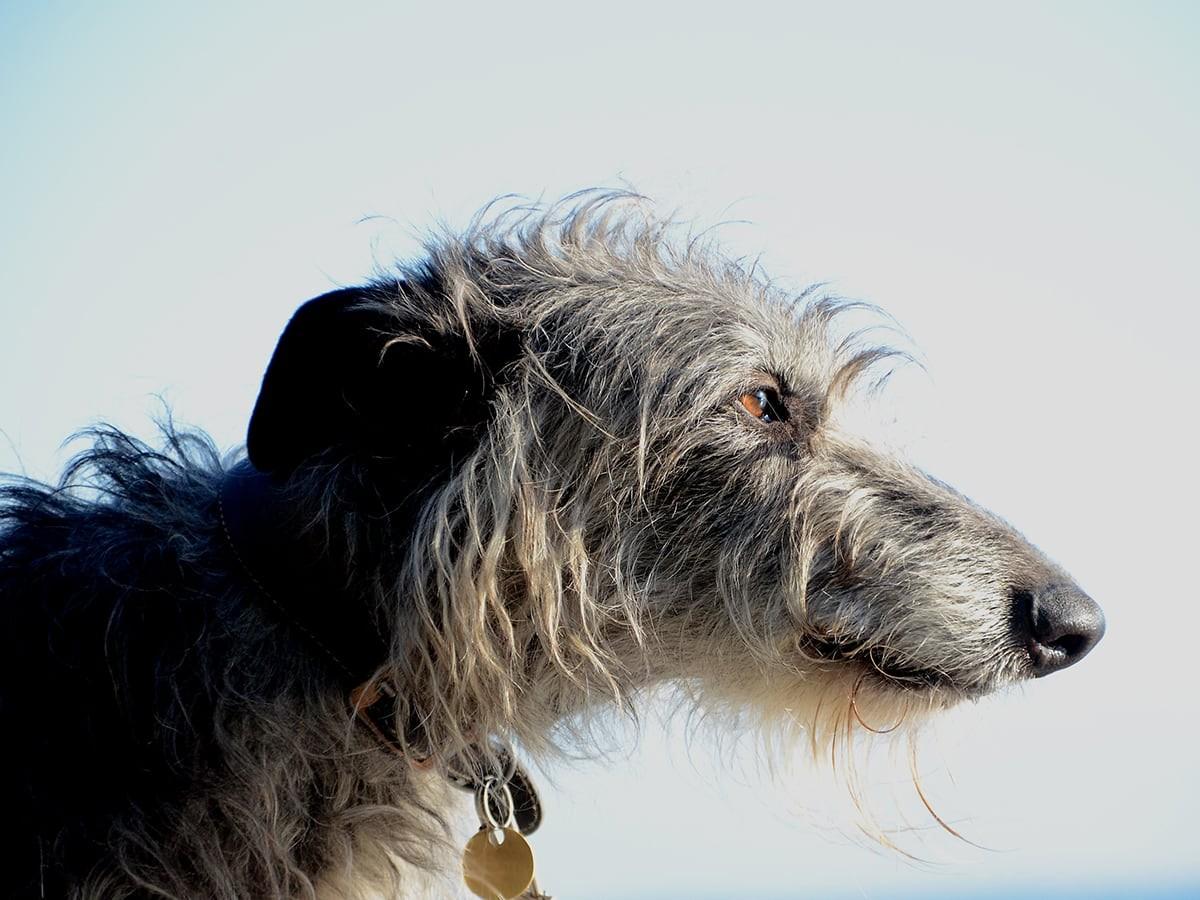
The Scottish Deerhound was bred to chase deer across rugged terrain, combining strength with quiet gentleness. They’re dignified yet affectionate, forming strong bonds with their families. Known for their calm demeanor, they’re as noble in spirit as they are in stature.
Sloughi
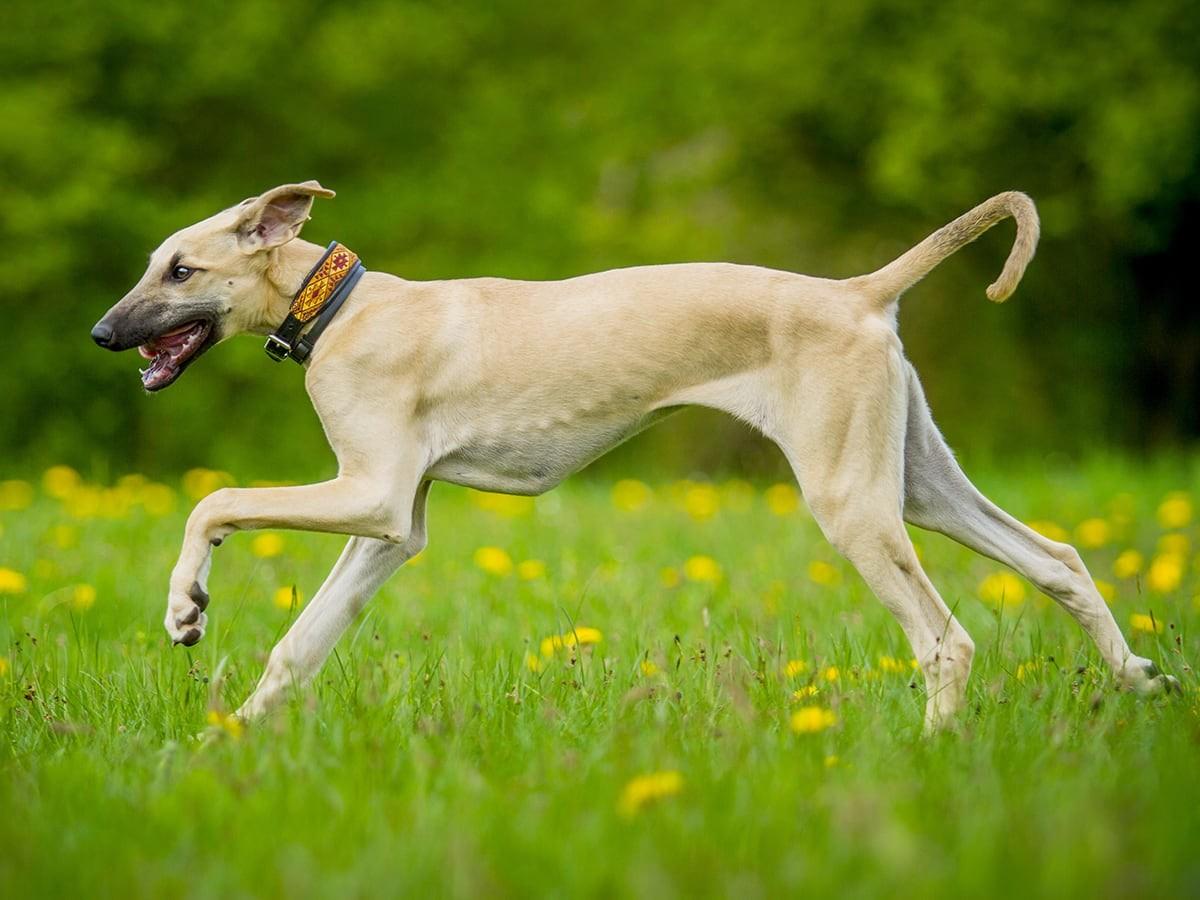
The Sloughi, often called the “Arabian Greyhound,” is known for its elegance, endurance, and loyalty. Sensitive and intelligent, they form deep attachments to their pet parents but remain cautious around strangers. Their smooth, minimalistic look reflects their desert heritage.
FAQ: Common Questions About Sighthounds
Are sighthounds good family dogs? Yes. Most sighthounds are gentle, quiet, and affectionate at home. They bond closely with their pet parents and typically get along well with children when properly socialized.
What makes a dog a sighthound? A sighthound is a dog bred to hunt by sight and speed rather than scent, using keen vision and explosive bursts of speed to chase and catch moving prey.
What dogs are classed as sighthounds? Breeds like the Greyhound, Whippet, Saluki, Afghan Hound, Borzoi, Azawakh, Irish Wolfhound, Italian Greyhound, Scottish Deerhound, Sloughi, Basenji, and Pharaoh Hound are all considered sighthounds.
What is the difference between a Greyhound and a sighthound? The Greyhound is one specific breed within the larger sighthound group, while “sighthound” refers to the entire category of breeds that share similar traits—speed, slender build, and hunting by sight.
More About Spot Pet Insurance
Pet insurance can help provide financial assistance for covered veterinary care in case of unexpected accidents, illnesses, or injuries. Our plans can help pet parents manage the eligible costs of covered veterinary care and help ensure that their pets can receive the best treatment possible. Here are some ways that Spot pet insurance plans can help:
Helps Cover Unexpected Veterinary Costs: Spot pet insurance plans help cover the eligible costs of unexpected veterinary treatments, such as emergency surgeries, X-rays, and prescription medications for covered conditions.
Customizable Plans: Choose your annual limit, reimbursement rate, and deductible from a range of options, and create the plan that will fit the needs of your pet and your budget.
Peace of Mind: With Spot pet insurance plans, pet parents can know that they can provide the best care for their pet with less worry about the cost.
To learn more about Spot Plans or to get a free quote, click here.
Key Takeaway
Sighthounds might look like they belong on a racetrack, but in reality, they’re gentle, sensitive souls who thrive on companionship and calm. Their mix of elegance, athleticism, and loyalty makes them truly one-of-a-kind.
For pet parents willing to embrace their quirks—whether it’s a love for sprinting, a dislike for cold weather, or a quiet, independent streak—life with a sighthound is rewarding, peaceful, and full of quiet joy.

With 15 years as a dog and cat parent, my pet articles are a mix of humor and firsthand experience - proof that the best stories often come with paws and purrs.
*Based on 2025 Spot Pet Insurance Services, LLC. Claims data
